Japan is a place of manners, and nowhere is this more obvious than on the train. And Japanese trains, the most crowded places in the world, require people to behave in ways toward each other which minimizes friction. Ways have emerged to do this, and following them will allow your visit to Japan to go much more smoothly. Read on to find out more.
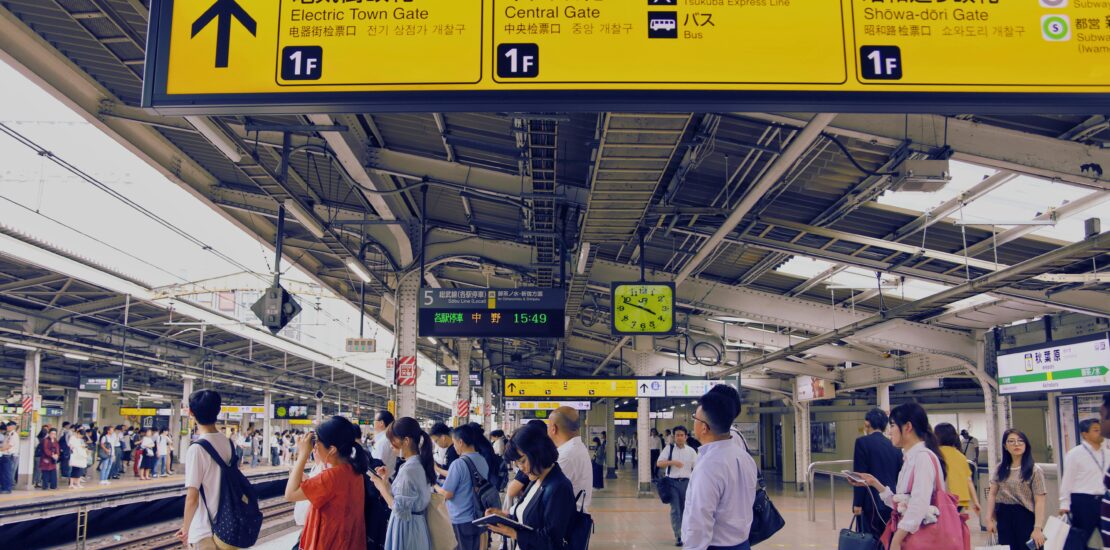
The Unwritten Rules of Japan’s Trains: How to Stay Safe and Avoid Misunderstandings
The Reality of Crowded Trains
In Japan, there is a situation you want to avoid at all costs: Being accused of being a chikan. Even when innocent, you are in the weird position of being forced to prove your innocence rather than being supposed to be innocent. And it can happen when someone next to you falls asleep on your shoulder — without your asking for it. Explaining yourself, in particular with limited Japanese, might mean you get roughed up by a group of civic-minded citizens before being handed over to the police, where interpreters are scarce.

So let me give you some background. Japanese trains are incredibly crowded, especially in rush hour. They may be so crowded, with people pushing themselves on and off the train, that you get pushed around back and forth without being able to support yourself; it does happen that people break their ribs on the train.
Everyone Should Get on the Train
This is due to everyone trying to get on the train; in Japan, as long as there is space, you can try to use it. And the definition of “space” is very different between people from most Western countries and the Japanese. People do push themselves on the trains in ways that will squeeze others, but the important thing is that everyone can get on the train. This is why the staff will push in bags and limbs to make it possible for the train to leave, something sometimes mistaken by those who frame it wrong as greed on behalf of the train company. But it is not; it is a service to the users.
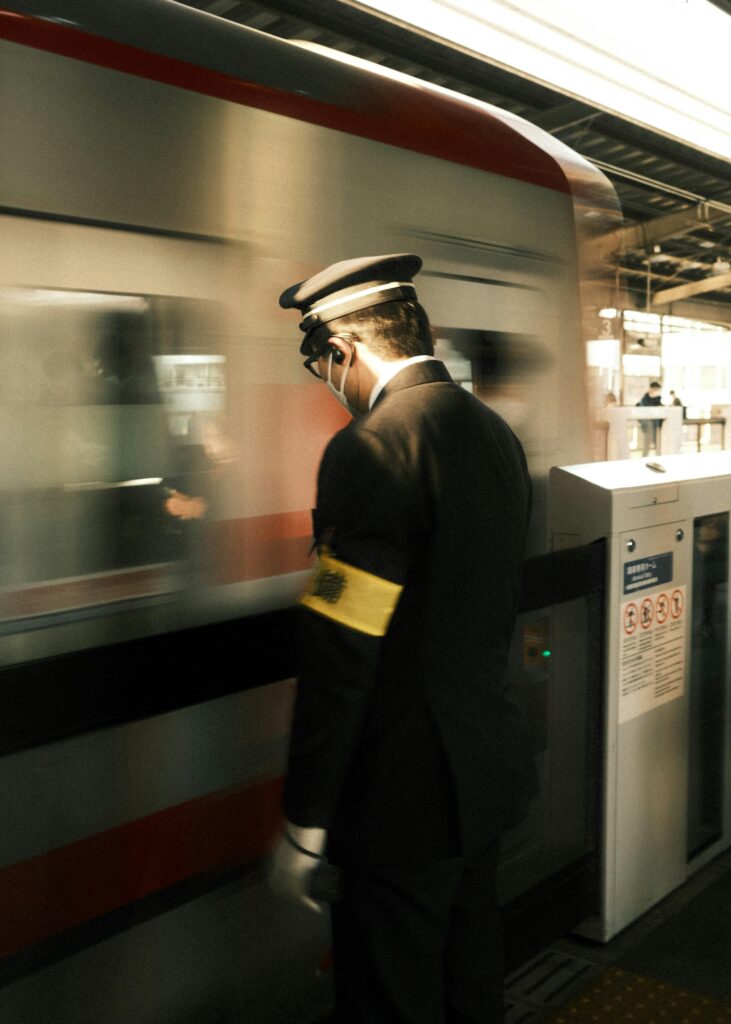
When trains are so crowded that you can hardly raise your arms, some people try to take advantage of this. Sexual harassment, especially covert, is something that occasionally happens in Japan (for instance, predators taking photos up the skirts of ladies — the younger the better from their perspective — with cameras mounted on their shoes). And groping is not as uncommon as you may believe, especially on the trains.
Understanding Chikan on Trains
Some men (they are exclusively men) try to take advantage of the crowded situation by feeling up the ladies. This is what “chican” means.
This is the reason there are ladies-only cars (even if you are allowed to ride them if you are bringing young children, or are in the company of women). In rush hour, the cars with pink signs on the windows function as a sanctuary for women who want to avoid the risk.
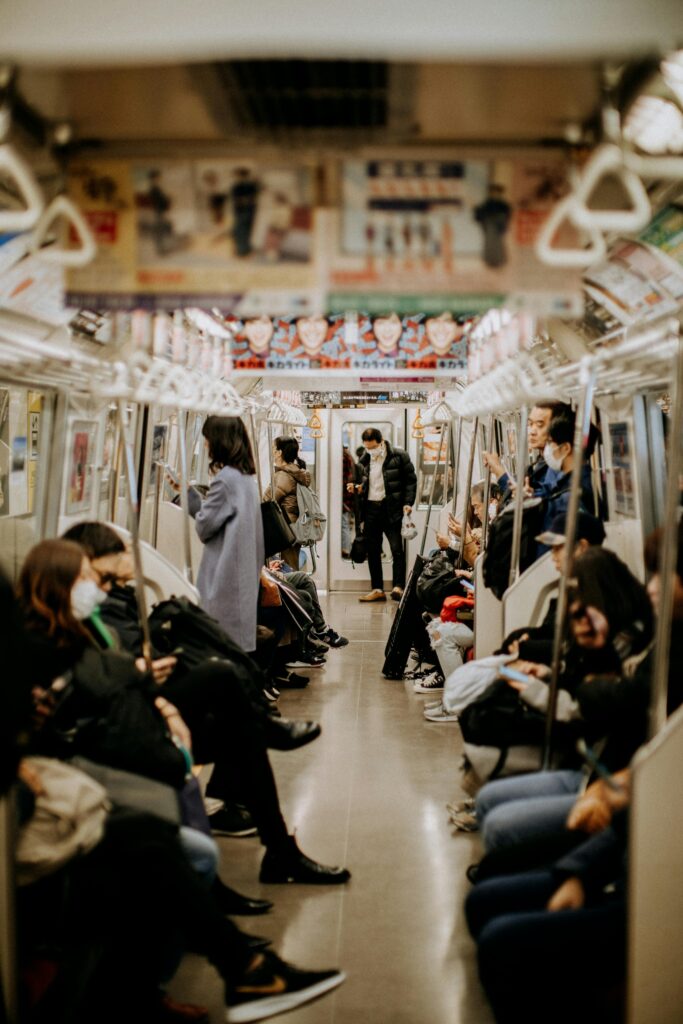
It is a risk for men as well, however. Being accused while innocent means a difficult burden of proof. And it does happen. Especially in rush hour.
When you are sitting among the other commuters, they often fall asleep next to you; often, this means their heads fall towards you.
Pushing back the right way.
If you try to push them back, they will just fall over again, unless you wake them up (in which case their heads will fall on your shoulder again when they fall asleep again). Try saying ”ano, ojosan, chotto sumimasen” (eh, miss, excuse me a little) out loud before pushing her head back. Make the slightest misplaced move in this situation, and you may be accused of being a “chikan”.
Everyday Train Manners You Need to Know
That may be an extreme situation (although it often happens), but there are many other things that you are not supposed to do on the trains. You may hear them referred to as unwritten rules, but in practice, the rules are written down — although they may not be listed every time, and they are often presented with a great deal of humor.
Phone in Manner Mode on Trains
Start by setting the phone in manner mode. This is something that Japanese users required, since the ring signals were disturbing to other users. “Manner mode” simply means that the user can turn off the ring signal and instead turn on the vibration signal. Every train car has, in several places, a sign telling users to turn their mobile phones to “do-not-disturb”.
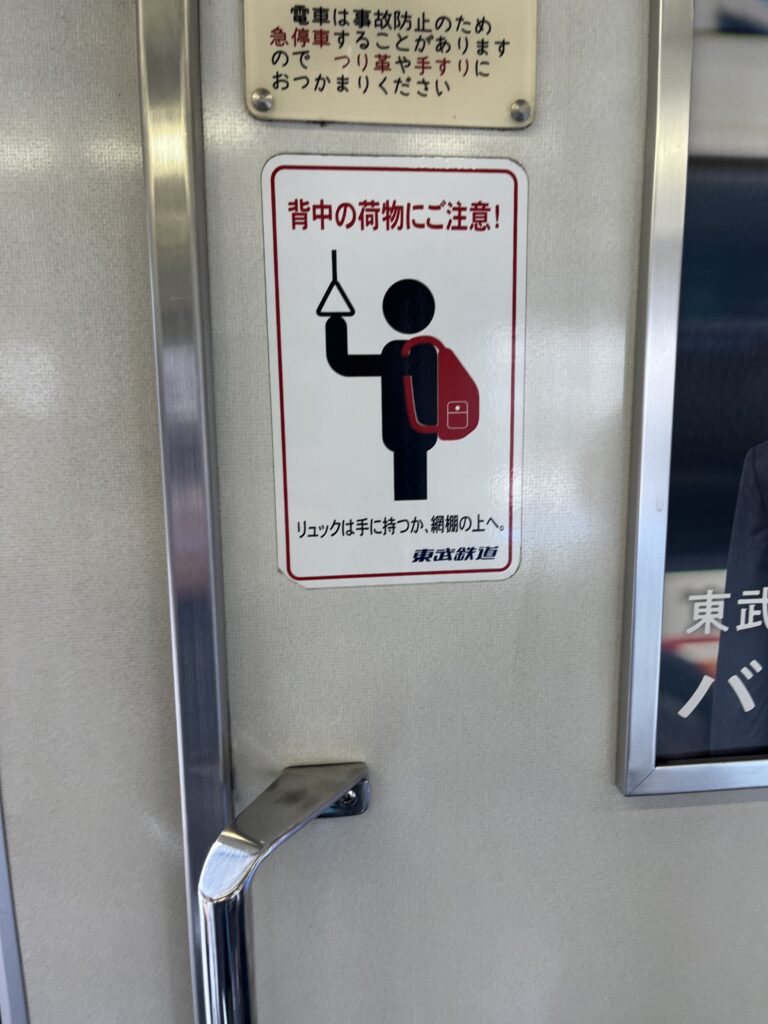
Nowadays, they are accompanied by another sign, reminding people to make sure the sound from headphones does not leak out and bother other users. Listening to the phone without headphones is a huge no-no. Watching videos (with headphones) is accepted, and you are not supposed to look at the phone screens of other travelers, even if that sometimes is unavoidable (and the content may be quite surprising).
Watching While Standing
You may have to watch standing up, because seats are scarce, especially during rush hour. During the main commuter times, people will sleep in their seats, and it is bad manners to wake them up. Even if they are sitting in the “silver seats”, and you are disabled.
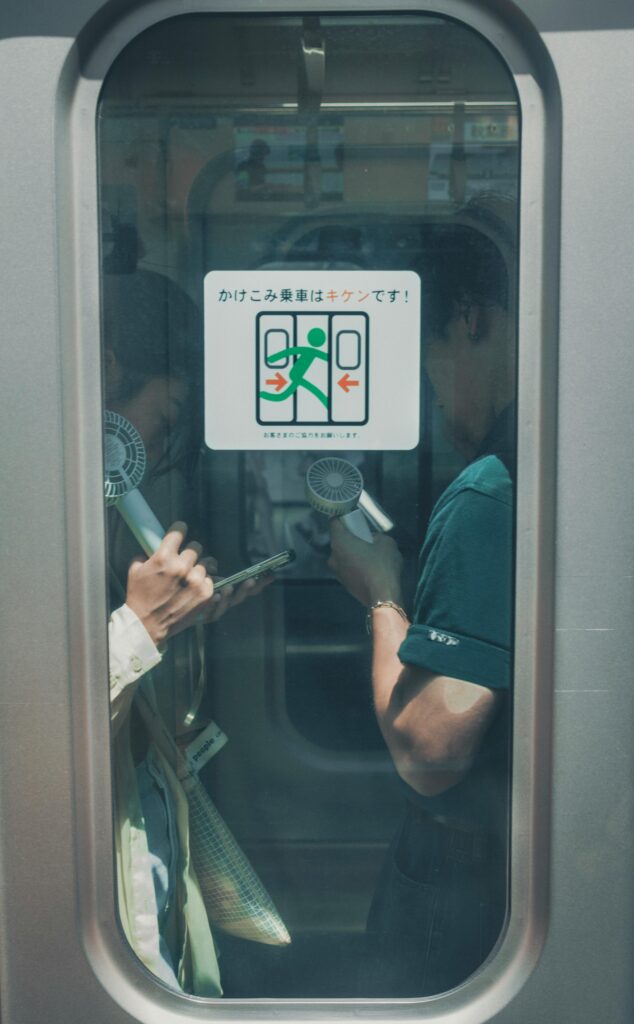
Every car has a few seats at either end, known as “silver seats”, intended for those who need to sit. This includes pregnant women, people who have a hard time walking, those who need medical support or have other disabilities, and, perhaps surprisingly for foreigners, people accompanied by small children. Very small children, so they have to sit in your lap.
Control Who You Bump on Trains
In the crowded trains, manners include making sure as many other people as people can share seats; stretching out over several seats is frowned heavily upon, and if you are wearing a backpack, wear it in front so that you can control whom you bump into. Bringing large luggage is not something you should even consider, except for short trips like the Yamanote Line from Hamamatsucho to Tokyo Station.
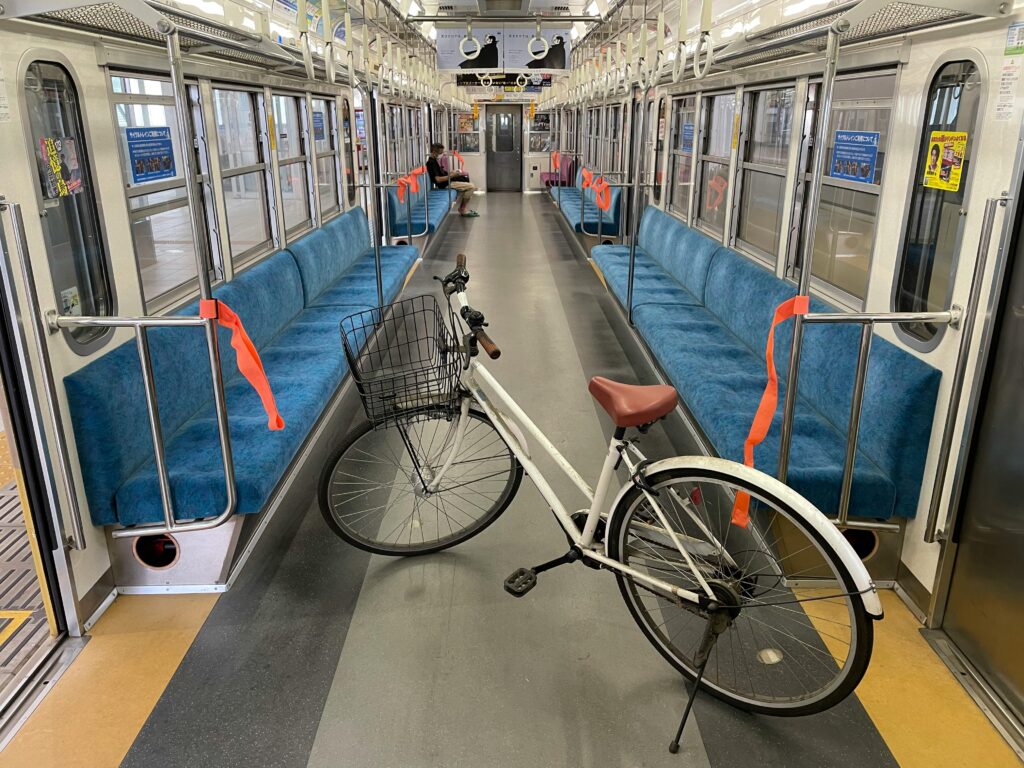
Not being loud, not hanging from the straps (there are some very funny posters in some stations about monkeys on the trains to discourage this behavior), running around, and being loud are other things you should not do. It is different if you are a small child, especially if you sit in a stroller. Then, people will make allowances.
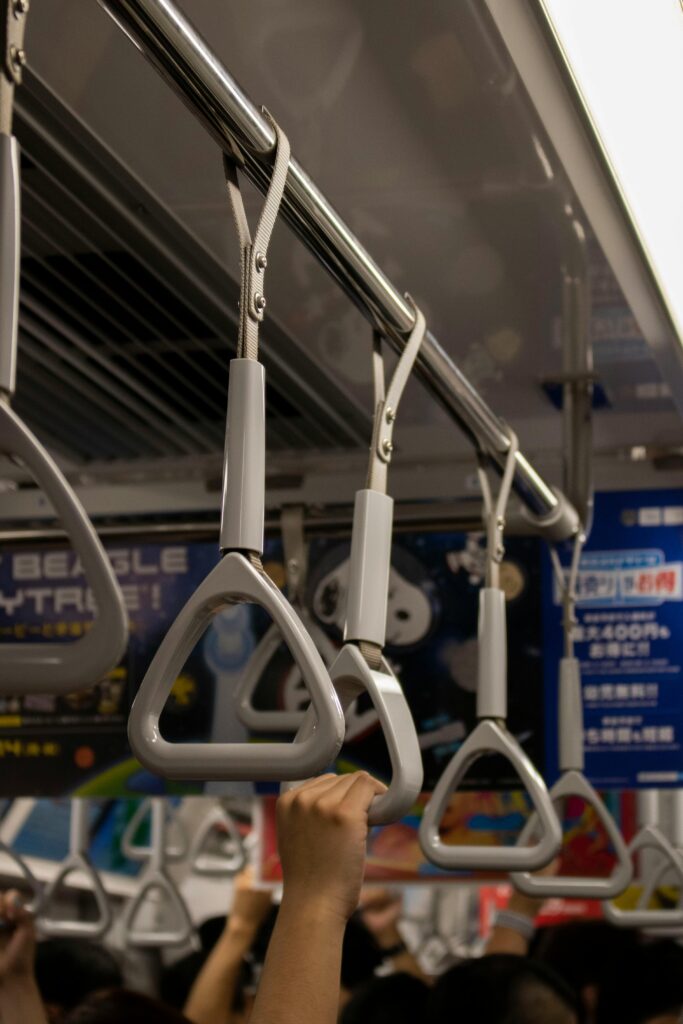
And there is another thing grownups (and older children) should avoid, but which small children will be allowed to do: Eating. Drinking is something everyone does, and you need to do it if you are traveling a long distance (but there are no toilets on most trains). But eating is not really permitted. Not only is there a risk that you might smear people. But in Japan, sitting down and eating is something you only do if you can sit at a table. And that is hard if the train does not have any tables.
Stay tuned for more exciting content like this! Follow us on our social media platforms and check out our blog regularly to stay updated on the latest news, trends, and insider stories from Japan. Don’t miss out on future updates — sign up for our newsletter for exclusive content delivered straight to your inbox!
Related Articles
Warning: Undefined array key "sfsi_threadsIcon_order" in /home/veremosglobal/tokyoroomfinder.com/public_html/blog/wp-content/plugins/ultimate-social-media-icons/libs/controllers/sfsi_frontpopUp.php on line 165
Warning: Undefined array key "sfsi_blueskyIcon_order" in /home/veremosglobal/tokyoroomfinder.com/public_html/blog/wp-content/plugins/ultimate-social-media-icons/libs/controllers/sfsi_frontpopUp.php on line 170
Warning: Undefined array key "sfsi_bluesky_display" in /home/veremosglobal/tokyoroomfinder.com/public_html/blog/wp-content/plugins/ultimate-social-media-icons/libs/controllers/sfsi_frontpopUp.php on line 266



